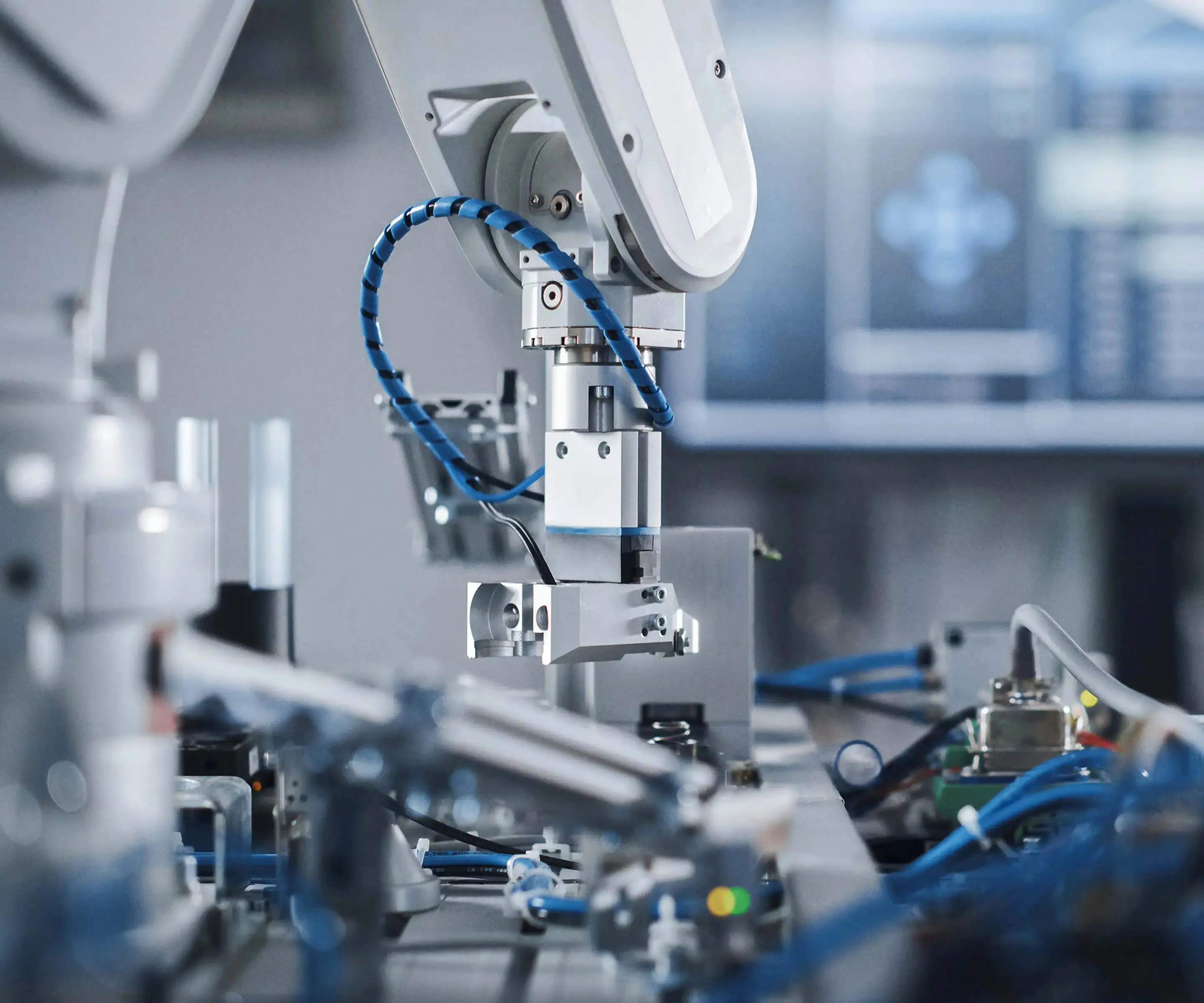Here is the first part of the soft article based on your theme. Due to the constraints, I will provide both parts in the same message, sequentially.

The Power Behind Precision: An Introduction to AC Gear Motors with Low RPM and High Torque
In the intricate world of automation and mechanical engineering, motors are the heartbeat of countless devices, machines, and industrial processes. Among these, AC gear motors with low RPM and high torque stand out as essential players, especially when precision movement and powerful force are required simultaneously. But what exactly makes these motors so versatile, and why are they increasingly becoming the go-to choice in modern applications?
Understanding the Basics: AC Gear Motors
At their core, AC gear motors are a combination of an alternating current (AC) motor and a gear reduction system. This design allows for the conversion of high-speed, low-torque electrical input into low-speed, high-torque output suitable for demanding tasks. The gear reduction is achieved through carefully engineered gearboxes—often involving helical, spur, or worm gears—that reduce the motor's rotational speed while amplifying torque.
In essence, an AC gear motor offers a compact and reliable solution for scenarios requiring steady, controlled movement. Their durability, efficiency, and ability to be seamlessly integrated into a myriad of machinery make them particularly appealing in industrial settings.
The Significance of Low RPM and High Torque
The term "RPM" (revolutions per minute) measures how quickly a motor spins. When dealing with applications like conveyor belts, robotic arms, or heavy-duty lifting, high RPM isn’t always desirable. Instead, low RPM combined with high torque becomes vital.
Imagine you’re moving a hefty load; you want the motor to exert significant force without spinning too fast, which could cause instability or damage. Low RPM ensures smooth, controlled operation, reducing the risk of mechanical wear and tear. Meanwhile, high torque provides the necessary power to move or hold substantial weights or resist external forces.
Why Are They Gaining Popularity?
Precision and Control: These motors excel in applications demanding precision, such as robotic joints or CNC machines, where fine control over positioning is crucial.
Energy Efficiency: Modern AC gear motors are designed for optimal energy consumption, translating to lower operational costs over time.
Durability and Longevity: Their robust construction ensures consistent performance, even in harsh environments, reducing maintenance needs.
Versatility: They can be customized for a wide array of applications, from small-scale automated devices to large industrial machinery.
Typical Applications of Low RPM High Torque AC Gear Motors
Industrial Automation: Conveyors, mixers, and material handling equipment often require controlled, powerful movement.
Robotics: Articulated robotic arms utilize these motors for precise, yet strong, actuation.
Lifting Equipment: Cranes, hoists, and lifts depend on high-torque motors to safely and efficiently raise heavy loads.
Textile Machinery: Reducing speeds while increasing torque ensures smooth operation in textile processing machines.
Agricultural Equipment: From automated harvesting to irrigation systems, these motors are instrumental in demanding environments.
Design Considerations for Choosing the Right AC Gear Motor
Selecting the ideal AC gear motor involves evaluating several factors:
Torque Requirements: Understand the maximum load and force needed during operation.
RPM Range: Define the necessary speed for your application; low RPM typically ranges from a few to several hundred revolutions per minute.
Gearbox Type: Depending on the application, choose from planetary, worm, or spur gearboxes for optimal performance.
Power Supply Compatibility: Ensure the motor voltage and frequency match your power system.
Size and Mounting: Consider space constraints and installation methods.
Material and Build Quality: For harsh environments, rugged construction with corrosion-resistant materials may be necessary.
I'll continue with the second part in my next message, providing deeper insights into technological advancements, customization options, maintenance considerations, and future trends related to these powerful and precise motors.
Leveraging innovations in modular drive technology, Kpower integrates high-performance motors, precision reducers, and multi-protocol control systems to provide efficient and customized smart drive system solutions.




































